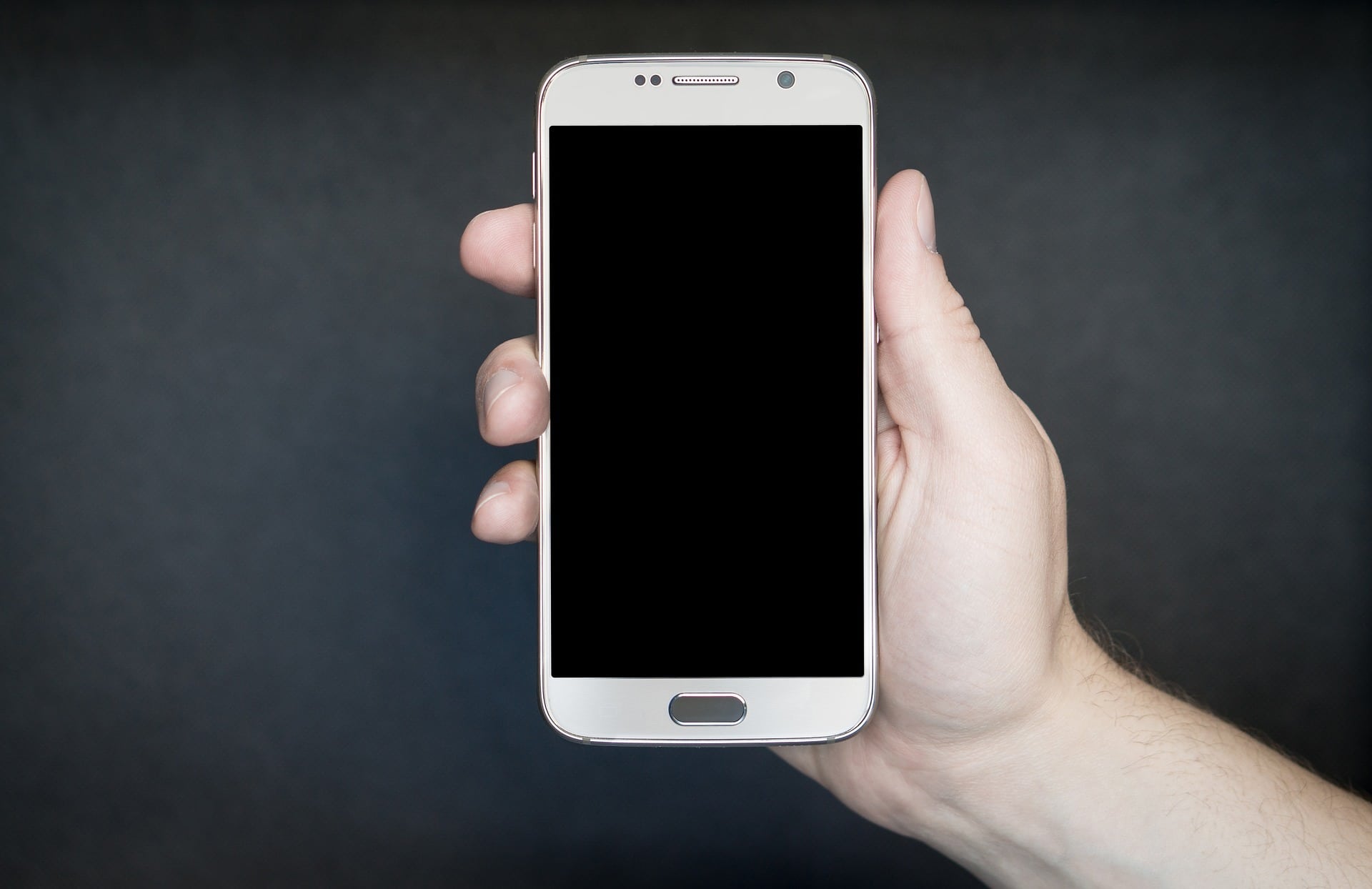Latest news about Bitcoin and all cryptocurrencies. Your daily crypto news habit.
Blockchain has already established its use cases in a number of worthy causes. Helping refugees, and reducing poverty in the developing world to name a few. Now, blockchain is also proving its value to vulnerable people closer to home. Several cities are now running blockchain-based initiatives to help the homeless gain quicker and easier access to the services they need.
The Scale of Homelessness
As many as 3.5m US people experience homelessness each year, with over 550,000 sleeping rough on any given night. More than half of those experiencing homelessness are families with children. Many are in the bigger cities, with 1 in 5 homeless people in either New York City or Los Angeles. Things in the UK are even bleaker, with more than 300,000 homeless people, but for a far smaller national population than the US.
People end up homeless for a wide variety of reasons, including tragic changes in life circumstances like the loss of a family member or a job. Mental illness and addiction are also often responsible. Among younger people, it can often be family disputes that force them to leave home with nowhere to go. Although some end up on the streets, others may be sleeping rough in cars or moving from place to place sleeping with friends.
The Necessity of ID
With virtually no means of personal security, homeless people can struggle to secure their belongings. Documents that prove their identity and social security status can quickly become damaged, lost or stolen. Without valid ID documents, homeless people cannot access the everyday services that we usually take for granted.
One US study showed that of homeless people without an ID, more than 53 percent were denied access to food stamps, and more than 51 percent were denied access to social security benefits.
Additionally, even if a homeless person who has lost their ID goes to get a replacement, the horrible irony is that they usually need to provide some form of ID to get a replacement ID. So they are stuck in a bureaucratic Catch-22. The services that can help them get off the streets are inaccessible to them.
How Blockchain Can Help the Homeless
MyPass Project in Austin, Texas
Blockchain is revealing its potential in the area of self-sovereign identity. Identity documents can be verified and stored digitally on the blockchain, which negates the need for individuals to carry physical ID documents. A new project in Austin, Texas is now putting this blockchain use case to work in service of the city’s homeless population.
MyPass stores digitized documents for homeless people. The system stores ID papers, but may also store medical records, which means someone could receive treatment from different clinics. The individual is provided with a secure login so that they can access their document store from any computer, smartphone or via SMS. So if they use a clinic they can use the computer at the clinic to enter their details. They can then provide any documentation needed for treatment or evidence of medical history.

Austin, TX is among the first cities to use blockchain to help the homeless
Although this is still in the pilot stage, hopes are high that it can be replicated on a larger scale. The project received funding from the Bloomberg Philanthropies Mayors Challenge. Now, a number of charities and other organizations in Austin are trying to work out some initial problems, such as how to handle lost login details. But given the potential of the project to help the homeless in Austin, these are not significant hurdles to overcome.
Fummi Project in New York City
New York City has also been trialing a similar project in partnership with the organization Blockchain for Change. In 2017, the organization handed out smartphones to three thousand homeless people in New York. The phones were already loaded with an app called Fummi.
Working in partnership with other service providers, the group created digital identities for the phone recipients. With the digital record, individuals also had access to an account to receive digital Change Coins. The phones contained a preloaded balance of the coins. Recipients could earn more coins through activities such as referring new users and buying services through the platform.

Smartphones and blockchain can be a powerful source of help for homeless people
Taking It Further
These two projects are currently the only documented examples of blockchain being used to help the homeless. Nevertheless, members of the blockchain community are speculating about next steps. Digital identity seems a natural progression, mainly since it has already been deployed with success by the World Food Program in feeding refugees.
Registering the identity of homeless people on a blockchain has other benefits for the service providers that are helping them. A permanent shared record brings efficiencies for providers such as shelters. With a shareable digital record, they no longer need to spend time and resources on-boarding someone each time they move.
Particularly, using secure digital wallets for distributing funds to homeless people creates a safer alternative than actual cash. Carrying cash makes homeless people easy prey to theft. Digital currency expenditure is also traceable, so that homeless charities could demonstrate where funds are spent.
Homeless people are among the most vulnerable in society. If blockchain can help the homeless to get better and quicker access to the shelter, medical, and financial services they so desperately need, then so much the better for the world.
Disclaimer
The views and opinions expressed in this article are solely those of the authors and do not reflect the views of Bitcoin Insider. Every investment and trading move involves risk - this is especially true for cryptocurrencies given their volatility. We strongly advise our readers to conduct their own research when making a decision.